The history of the Dominican Republic is rich and complex, marked by periods of colonization, struggle for independence, political upheaval, and social change. Here’s a brief description of the history of the Dominican Republic:
- Pre-Columbian Period: The island of Hispaniola, which the Dominican Republic shares with Haiti, was inhabited by the Taíno people when Christopher Columbus arrived in 1492. The Spanish colonizers soon established control over the island.
- Spanish Colonization: The Dominican Republic was under Spanish rule for several centuries, during which it served as an important center of the Spanish Empire in the New World. Santo Domingo, founded in 1498, is the oldest European settlement in the Americas.
- French Occupation: In the late 18th century, the western part of the island, which is now Haiti, was ceded to France. The eastern part remained under Spanish control.
- Struggle for Independence: The Dominican Republic fought for its independence from Spain and declared its first independence in 1821. However, it was quickly annexed by Haiti. In 1844, the Dominican Republic successfully gained its independence from Haiti.
- Period of Instability: The newly independent nation faced political turmoil and external threats. The country experienced periods of occupation by Spain, Haiti, and even the United States in the early 20th century.
- Trujillo Era: One of the most significant periods in Dominican history was the long and oppressive rule of General Rafael Trujillo, who came to power in 1930 and ruled until his assassination in 1961. His regime was characterized by brutal repression, censorship, and human rights abuses.
- Democratic Transition: After Trujillo’s death, the country underwent a series of political changes and transitions, eventually leading to democratic elections and the establishment of a more stable political system.
- Economic Growth and Development: In the latter half of the 20th century, the Dominican Republic experienced economic growth, with tourism and manufacturing becoming important industries. The country developed into a popular tourist destination in the Caribbean.
- Recent History: The Dominican Republic has had a series of democratically elected presidents and political developments since the late 20th century. It has also grappled with issues such as corruption, poverty, and immigration challenges.
- Modern Times: In recent years, the Dominican Republic has continued to grow as a tourist destination and has made efforts to address some of its social and economic challenges. It shares the island of Hispaniola with Haiti and has had a complex relationship with its neighbor, marked by both cooperation and tension.
The history of the Dominican Republic is intertwined with its Caribbean location and its colonial past. It has seen significant changes over the centuries and continues to evolve as a nation with its unique cultural heritage and challenges.

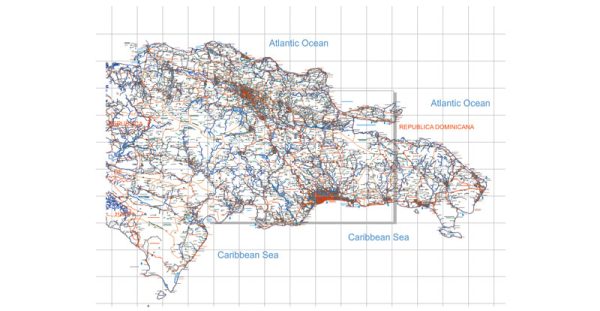
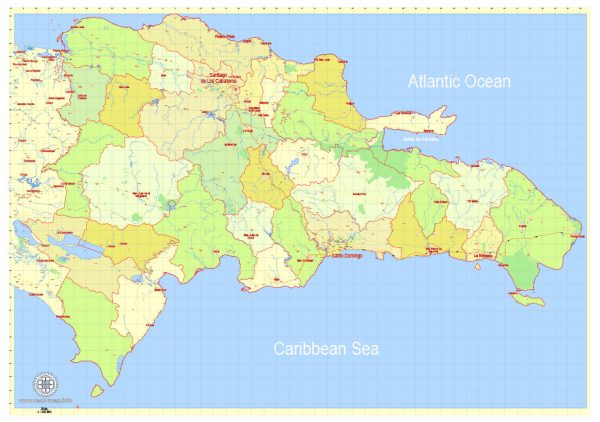
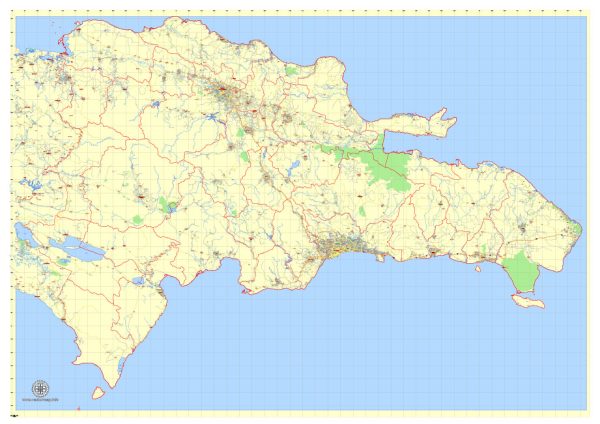
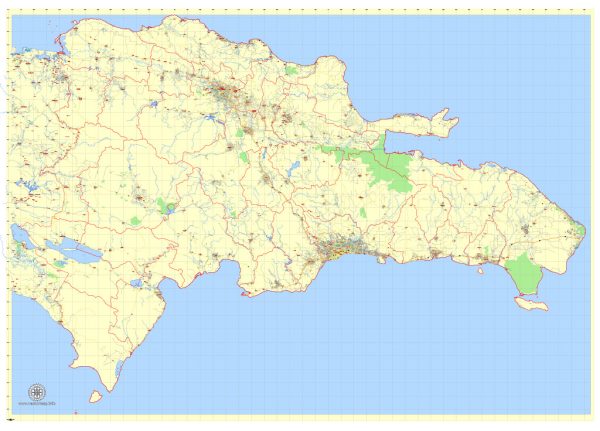
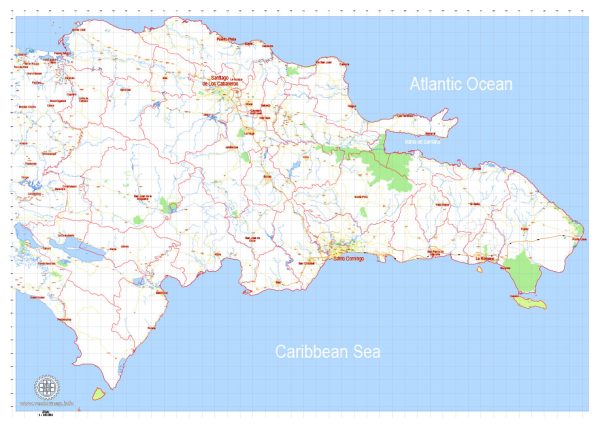
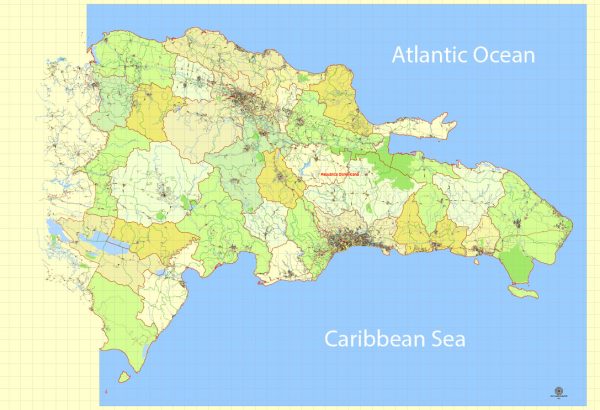
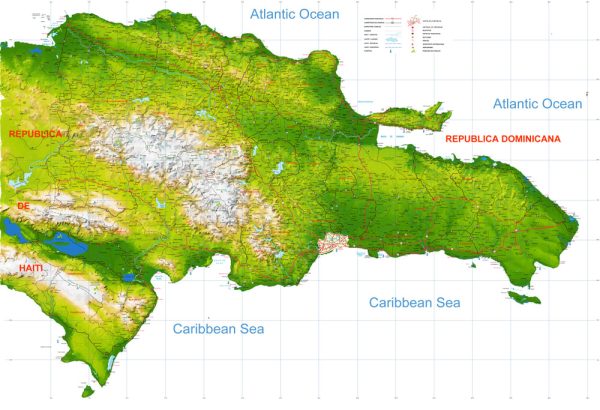
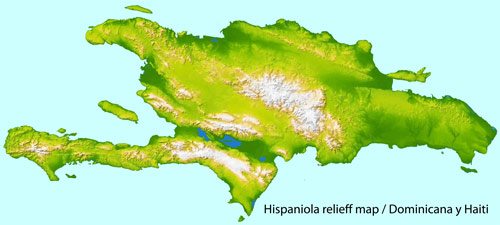
 Author: Kirill Shrayber, Ph.D.
Author: Kirill Shrayber, Ph.D.